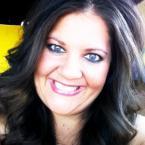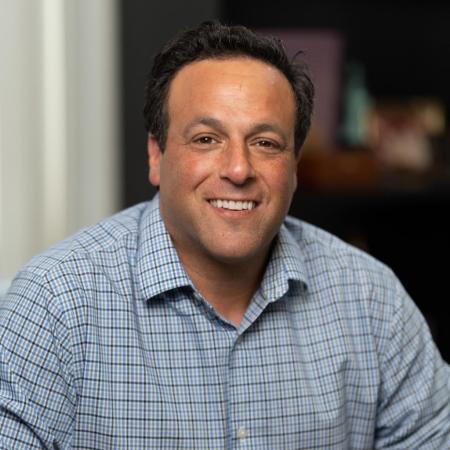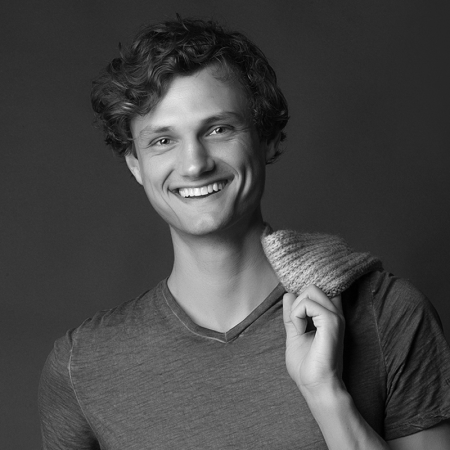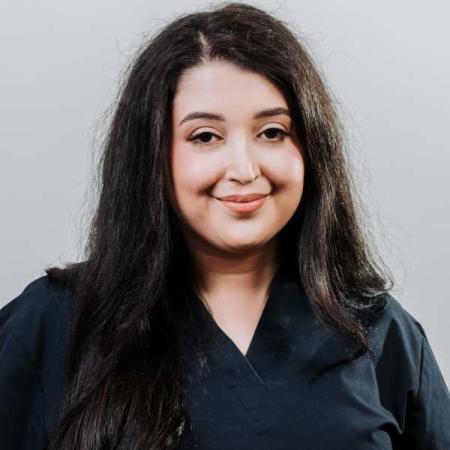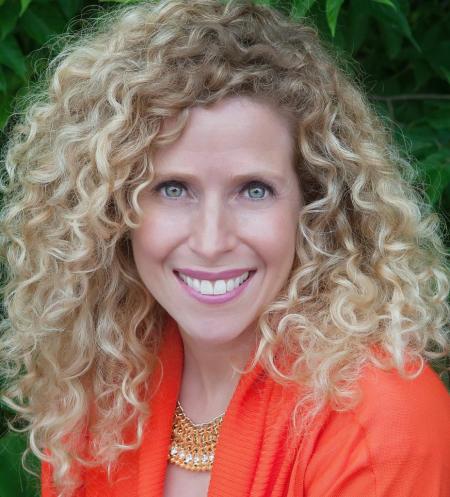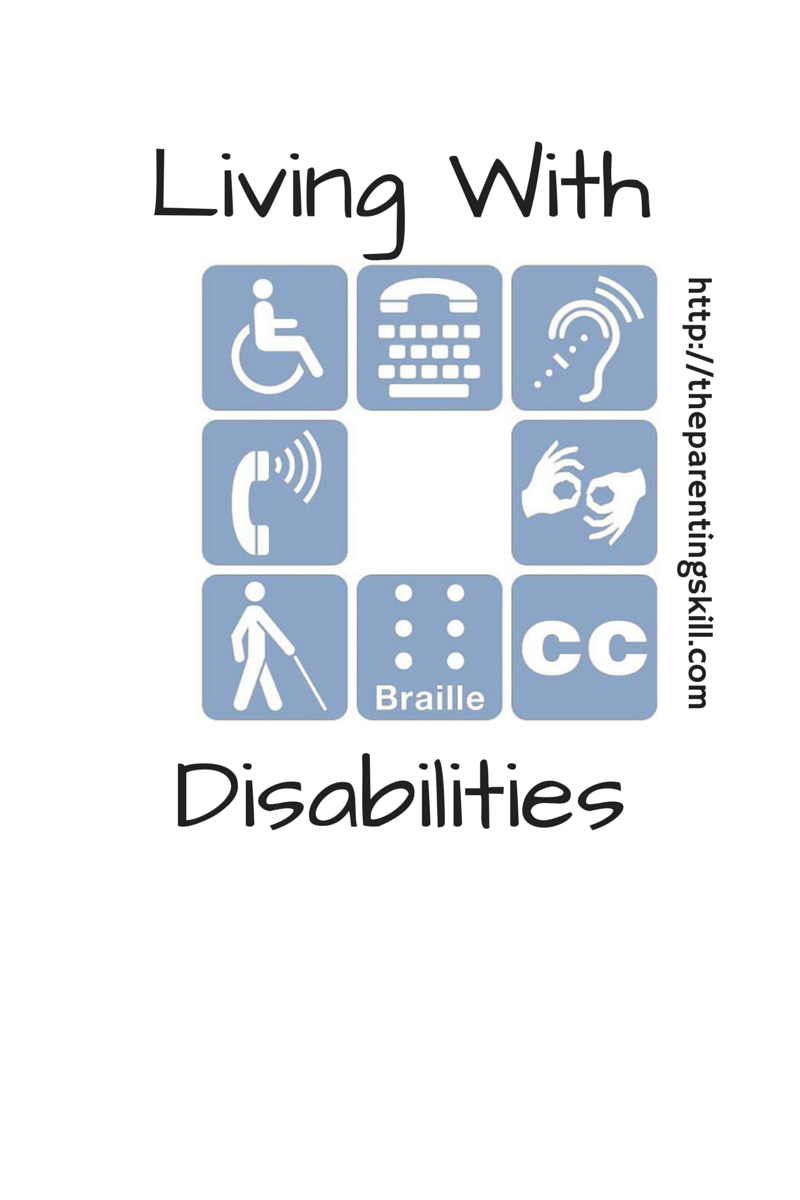
We now live in a world where diversity often spans past race, and being aware of the various ways that diversity comes into our lives has to be a daily practice. In the series, Diversity Matters, I’ll be sharing insights from mental health professionals about how to discuss a variety of diversity issues with our children.
In this post, I asked Margaret Donohue, PhD to discuss a diversity topic that often goes unnoticed or is ignored all together: People living with disabilities.
Read on to see what Margaret has to say about discussing this topic in your home!
I asked Dr. Donohue what her experience is with this topic. She explained, “I work with children and adults that are disabled, as well as people that are temporarily able bodied. So let me start by saying that disabled people are most of us at some point in our lives.” And she further explained, “People with obvious disabilities usually don't have to explain that they are disabled. Children are often placed in special education programs for learning differently or needing to do things differently.” This brings to surface the idea of how can we give our children an empathetic understanding of people living with disabilities and what should we be telling them about this topic.
Well, it’s obvious that Dr. Donohue has expertise in this area and with this topic. I know that at times kids tend to stare and/or be curious about someone who has a visible disability. Like, for example, someone who uses a wheelchair in the store or someone who rubs their fingers across a sign to read Braille at the hospital. It can be difficult for kids, especially small children, to not be interested in why a person with disabilities may use aids in their daily life. So, how does Dr. Donohue suggest we talk to children about disabilities? She answers, “When I talk about disabilities with children I use the ‘do the same things differently’ concept. So someone might need to park closer to stores, or someone might need oxygen to breathe more easily.” Dr. Donohue further recounts, “I did hear of a woman with an oxygen tank telling a child she needed it because she was a mermaid and it allowed her to be out on land. It made it less scary for the child.” So, you can be straight forward about why a person may need assistance or you get creative as the woman using oxygen did. Either way, the idea is that you don’t ignore it or shoo it away, but take the time to explain what your child is seeing. Additionally, you can share that “others might need more times on assignments or a computer to help them read or speak. Some need equipment like a cane, wheelchair, hearing aids, or glasses,” Dr. Donohue says.
I also appreciate what Dr. Donohue relates about the desire for most people with disabilities to be independent: “Most people want to do things themselves. So it’s okay to offer to help, but expect most people with disabilities can do things just fine.” A statement that I think you could explain to your child who may have the urge to run up and help someone who is living with a disability.
One concern I asked Dr. Donohue to discuss is how people living with disabilities are portrayed in the media. She began, “On TV and in movies, the disabled, if they are included at all are portrayed for heroic or unusual situations, rather than common place situations.” Dr. Donohue further shared that “for obvious disabilities, I think it's easiest to make a parallel to a broken arm or leg. For some people after a few weeks the break will heal and the person won't need a cast, sling, or clutch.”This portrayal can lead children to fantasize disabilities. And, while this is a harmful thing on the surface, it can disconnect us from really understanding the obstacles that a person living with disabilities experiences; even more so if that disability is a less obvious one.
This can bring up the idea of distinguishing between the variety of disabilities someone can experience. When talking to your child about the various ways a person can be disabled I think that the distinction between short term disabilities – like a broken arm – and lifelong disabilities – like being deaf – is crucial. Dr. Donohue agreed, explaining, “But some people won't heal completely and may have to use something longer. For some children it's easier to just use being younger and smaller as an example. There will be some things they might need to use something to help them like reaching for something might take a ladder. Other things might need an invention or help from others.”
Circling back around to the issue that children often want to inquire about a person’s disability, Dr. Donohue understands. She stated, “Most children want to ask people with disabilities about the disability. For many disabled people its fine. We can explain how we are disabled and how we manage.” But on the flipside, parents can sometimes have a harder time being around a person living with disabilities for fear that they will say or do something politically incorrect. Dr. Donohue explained: “For adults they are often awkward around the disabled and tell their children not to stare or not to say anything. Some people think some disabilities don't count. So they make comments about people not looking like they are disabled. This comes from being fearful about disability, envy over perceived special treatment, and lack of information about non-obvious disabilities.”
When thinking about this topic parents, you can also discuss how certain accommodations for the disabled make it easy for their child too. This normalizes what your child sees and helps them to understand that not all things designed for the disabled can be used exclusively for a disabled person. For example, Dr. Donohue stated, “Some things designed for the disabled have had a significant impact for children. Buttons are lower. Sidewalks are wider. There are more rails, grab handles, and ramps. Signs are bigger and have more contrast making them easier for beginning readers. There are more tools that can be used. Such as tools to help put on socks, button shirts, an array of applications for cell phones or tablets, step ladders, lowered counters.” Thus, we can illustrate for children that everyone could use a little help sometimes and a person living with a disability is not abnormal for needing or having specific accommodations.
Dr. Donohue continued, stating that “we can ask children to think of how they can do things they want to do and what things help them.” By asking this question to your child you get them thinking about how they manage to get their needs met each day. You’re also help them to further understand that this is “the main thing disabled people have to do is think of those things,” Dr. Donohue agrees.
The overall idea behind discussing this topic with our children is to normalize the experience and provide an understanding that living with a disability is a multifaceted occurrence. We show our children that while being disabled may appear to be a burden, it is something that we all might experience as one time in our lives. I think that Dr. Donohue sums this thought up perfectly: “We can talk about disability without feeling sorry for the disabled or awe struck about common place activities. We can ask all people coming to events if they need any special accommodations. Just making the assumption that disabled people are around all the time helps children be inclusive.”
I want to thank Dr. Margaret Donohue for lending her expertise to this subject and hope that you’re able to use her experience working with people living with disabilities to enhance your discussions with your family!























